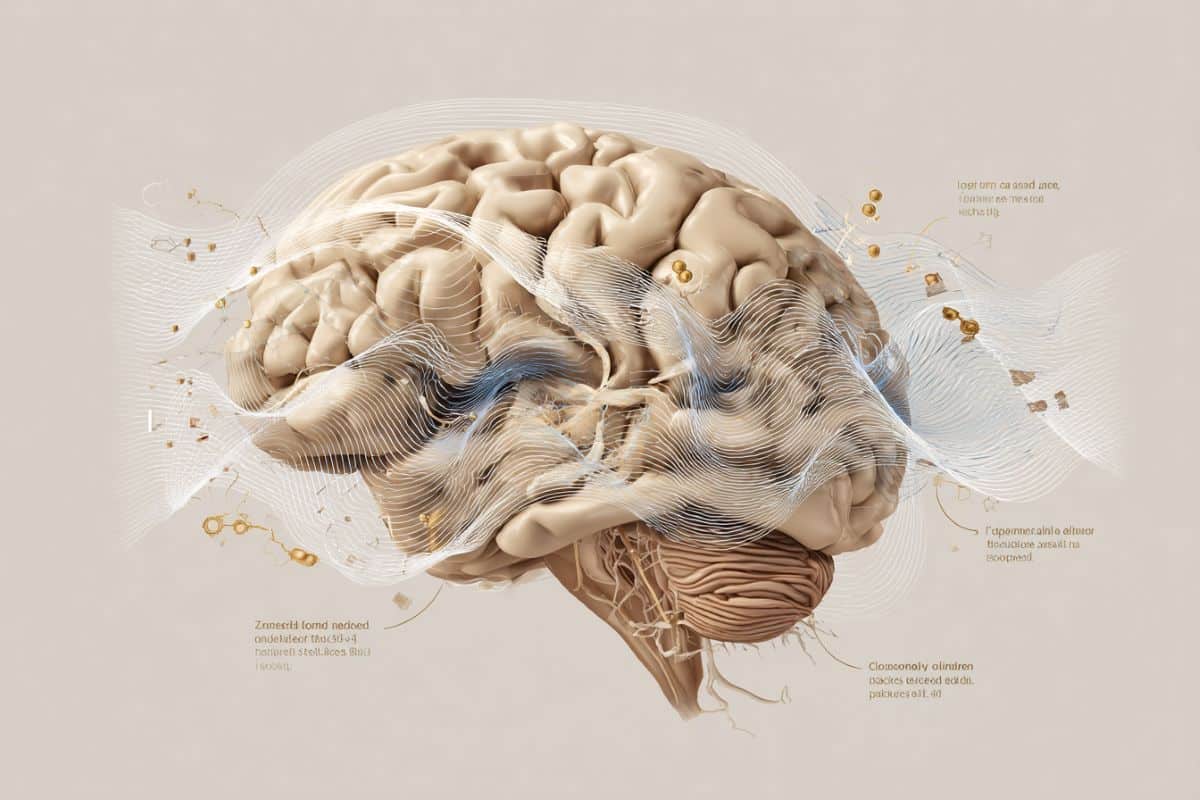Summary: New research shows that the brain separates “what an odor is” from “how it feels,” with each processed at distinct times. Shortly after an odor is presented, the brain activates a fast, objective signal that tracks molecular features and supports accurate odor discrimination.
Only later does a separate brain signal emerge that encodes subjective qualities such as pleasantness, reflecting how enjoyable a scent feels to the individual. These findings reveal a temporal hierarchy in smell perception that could help develop tools for diagnosing olfactory disorders or enhancing smell-related therapies.
Key Facts:
- Two-Stage Processing: Early neural signals decode odor identity, while later ones encode pleasantness.
- Behavioral Links: Stronger early signals predict better odor discrimination accuracy.
- Clinical Potential: Distinct neural frequencies could help assess or improve olfactory function.
Source: SfN
In a new Journal of Neuroscience paper, Masako Okamoto and colleagues, from the University of Tokyo, explored the brain activity involved in smelling odors.
The researchers recorded brain activity as study volunteers inhaled a panel of odors. The volunteers also completed questionnaires as well as tests for odor detection, identification, and discrimination.

A distinct frequency of brain activity arising soon after odor presentation was linked to detecting odors. Notably, the quality of this activity was associated with the ability to discriminate between odors with high accuracy.
Another frequency of activity was linked with scent pleasantness, and this activity didn’t occur until later.
Based on questionnaire answers, the fidelity of this activity was associated with a greater awareness of odor pleasantness in daily life.
Summing up their research, says Okamoto, “In the very early stage after odor onset, the brain primarily encodes objective molecular features of odors to support odor discrimination at the behavioral level, and only later does it begin to represent subjective perceptual attributes, such as pleasantness.”
The researchers suggest that the different kinds of brain activity they identified may serve as a way to assess olfactory disorders or inform new strategies for enhancing olfactory function.
Key Questions Answered:
A: It generates an early, objective neural signal that helps detect and discriminate odors.
A: Pleasantness is encoded later, through a different frequency of brain activity.
A: These neural signatures could provide biomarkers for diagnosing or improving olfactory function.
Editorial Notes:
– This article was written by a Neuroscience News editor.
– Journal paper reviewed in full.
– Additional context added by our staff.
About this olfaction and sensory neuroscience research news
Author: SfN Media
Source: SfN
Contact: SfN Media – SfN
Image: The image is credited to Neuroscience News
Original Research: Closed access.
“Behavioral Relevance of Early Neural Coding of Low-Level Odor Features in Humans” by Masako Okamoto et al. Journal of Neuroscience
Abstract
Behavioral Relevance of Early Neural Coding of Low-Level Odor Features in Humans
Understanding how the brain transforms peripheral sensory inputs into higher-level representations, and how these contribute to perceptual and behavioral performance, is a central question in sensory neuroscience.
However, in human olfaction, the temporal evolution of neural odor codes and their functional significance remain poorly characterized, especially at early stages.
To address which odor features define early neural responses and how these relate to olfactory function, we recorded EEG from male and female participants as they inhaled a diverse panel of odors. The same cohort also completed standardized tests of odor detection, discrimination, and identification, along with questionnaires.
Time- and frequency-resolved decoding and representational similarity analysis revealed that early theta activity (starting at 80 ms, peaking at 370 ms) encodes low-level physicochemical properties of odor molecules.
Critically, the fidelity of this early-theta coding to odor physicochemical properties selectively correlated with participants’ trait-level odor discrimination ability, but not with other olfactory measures.
In contrast, delta-band representations of pleasantness emerged later (from 720 ms), linked only to trait-level odor affective reactivity, as measured by questionnaires.
These results suggest that earlier theta-band representations reflect a distinct functional role from the later-emerging delta-band activity and are associated with olfactory performance.
Extending these findings, separate EEG recordings during a task involving odor discrimination showed that early-theta decoding accuracy was significantly higher on correct than incorrect trials, indicating that theta-band coding accounts for trial-by-trial performance fluctuations.
Collectively, our study demonstrates that early theta-band representations of low-level odor features—prior to perceptual representations—are already functionally relevant to odor-guided behavior.






